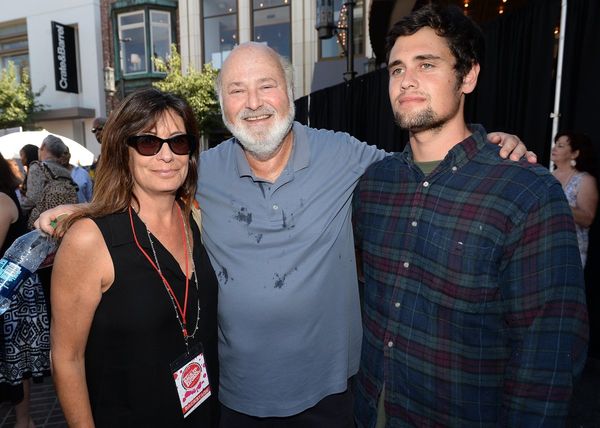
Nestled among tenement flats and light industrial units in Glasgow’s south side is one of the oldest allotment sites in Scotland, having moved to its current location in 1872.
New Victoria Gardens (NVG) is not a huge site, with just 70 or so plots. But according to Andrew Greg, a committee member and longstanding plot-holder at NVG, there are about 300 people on the waiting list and just three to four will get a space every year.
One would-be plot-holder is Ralph Bennett-Richards, who joined the council’s allotment waiting list two years ago after moving into his central Glasgow flat. He is among the two-thirds of the city’s population living in flats, as opposed to houses, meaning few people in the city have gardens. “I’d be happy with any allotment that I can cycle to from my flat,” says Bennett-Richards.
Unfortunately for him and many others, the issue is not one of distance, but a lack of available plots. Often located in built-up areas, it can be hard, if not impossible, to expand existing sites.
With little public money available to create new allotments, one different approach to expanding provision is being taken by Roots, a Bath-based company that recently opened its 14th site of privately owned allotment provision in England, and is looking for its first location north of the border in the Glasgow area.
Two of Roots’ co-founders, Ed Morrison and Will Gay, describe how they use a combination of modern and traditional methods to identify sites, with more than 1,000 people (full disclosure – including me) already on their Glasgow waiting list. “When we think about launching in a new location, we’ll set up digital ads to see who wants to sign up. And we got the most amount of clicks for the least amount of money spent in Glasgow. So that shows there’s a huge demand for us there,” Morrison said.
Plots at Roots sites range from £10 to £50 a month, depending on plot size, contrasting with £25 to £88 a year for a Glasgow city council plot, although these prices are set to triple in the next five years. However, in return Roots says it offers members much more support, including ready-to-plant plots, communal tools, free seeds, plug plants and workshops throughout the year. Its founders say they see it as complementing rather than competing with traditional sites: 70% of members had never grown food before joining Roots and 60% had never been on a waiting list for another allotment.
A flexible membership model allows people to see if they can commit the time that is required to look after a plot. As Lindsey Duncan, who shares a plot on a council-owned allotment site in the south-west of the city, points out, many people underestimate how much time an allotment can take up. In Glasgow a “full-size” allotment is 125 sq metres, about the size of half a tennis court. Smaller plot sizes could help, she suggests, an approach that some allotment associations in Glasgow are trying.
A smaller plot was ideal for Jane, who started with a “micro-plot” of six sq metres at Croftburn allotments in the south-east of Glasgow. “I put my name on every allotment waiting list I could find,” says Jane, who moved to Glasgow two and a half years ago. After a year on the micro-plot, which helped her to build confidence and get to know other plot-holders, she has just graduated to a larger plot, freeing up the micro-plot for someone else on the waiting list.
Duncan, who used to work for a community growing charity, suggested pairing people on waiting lists with longstanding older plot-holders who can struggle to look after their plots, to pass on knowledge to the next generation.
One area of Glasgow that feels a little closer to nature is Sighthill in the north of the city, where the council recently opened a new allotment site as part of a major urban regeneration project. Sighthill had become a byword for the failures of post-second world war urban planning, which resulted in swathes of the city being bulldozed to make way for concrete tower blocks and dual carriageways.
The same building boom that brought Sighthill into the world also contributed to the demise of many of Glasgow’s allotments, which had helped to feed the city during two world wars – there was 1 sq metre of allotment space per resident in the city in 1950 compared with 0.6 sq metres today. The 20 new plots will barely make a dent in the city’s allotment waiting list, but the turning over of land that was previously concreted to a new generation of growers brings hope of further progress.







